
How to visit Fushimi Inari Taisha like a pro
In the south of Kyoto lays Fushimi Inari Taisha, a shrine known for its thousands of vermilion torii gates that lead you through the magical forest of Mount Inari. Fushimi Inari is by far the most important shrine in the whole of Kyoto. In this guide, I’ll give you all the information and tips you need to visit this shrine like a pro - avoid the tourists and make this visit worth your time. Need more inspiration for your Kyoto trip? Check out my 2 day itinerary.
*The Navigatio uses affiliate links. If you make a purchase through these links, I will receive a small commission at no extra cost to you. Thank you!
What is Fushimi Inari?
Founded back in 711 by the Hata family, Fushimi Inari is the oldest and possibly the most prominent shrine in Kyoto. The shrine is dedicated to the Shinto god named Inari. In the Japanese Shinto religion, Inari is the kami (=spirit) of rice, sake and prosperous business. In Japan, there are more than 30,000 shrines dedicated to this god, but Fushimi Inari is considered the main shrine.

Fushimi Inari is mainly known for its thousands of torii gates that follow a trail all the way up to the summit of the sacred Mount Inari. Especially with the morning sun dripping into the forest, the walk through the torii gates is indeed a magical one.
What do the torii gates represent?
The red torii gates that are lined up at Fushimi Inari are all donated by an individual or a business. You can find the name of the person or business carved into the poles. A torii gate will cost you anything between ¥400.000 and ¥1.000.000, depending on its size. It’s not cheap to keep the god of rice happy 😉 The vermilion red colour of the torii gates symbolises the protection against evil forces and the mercury in the paint serves as a preservative.

At the start of the hike, you will find two dense rows of torii gates called Senbon Torii (= thousands of torii gates). This is probably the most photographed bit of Fushimi Inari. The two rows are parallel to each other and end up at the same point, so it doesn’t matter which one you walk through. After that, the hike to the summit begins.
Inari’s foxes
During the hike up Mount Inari, you will cross not only the beautiful torii gates, but you’ll also find hundreds of fox statues. In the Shinto religion, it is believed that foxes (kitsune) are Inari’s messengers. In front of many shrines located on Mount Inari, two fox statues protect the entrance. They are often portrayed holding a symbolic item in their mouths. Usually, it’s rice, a jewel or a granary key.

Best time to visit Fushimi Inari
Fushimi Inari is a popular place to visit for tourists, which is why it gets pretty crowded during the day. If you want to avoid the crow, you should try to either visit early in the morning or at night. It honestly makes such a big difference!

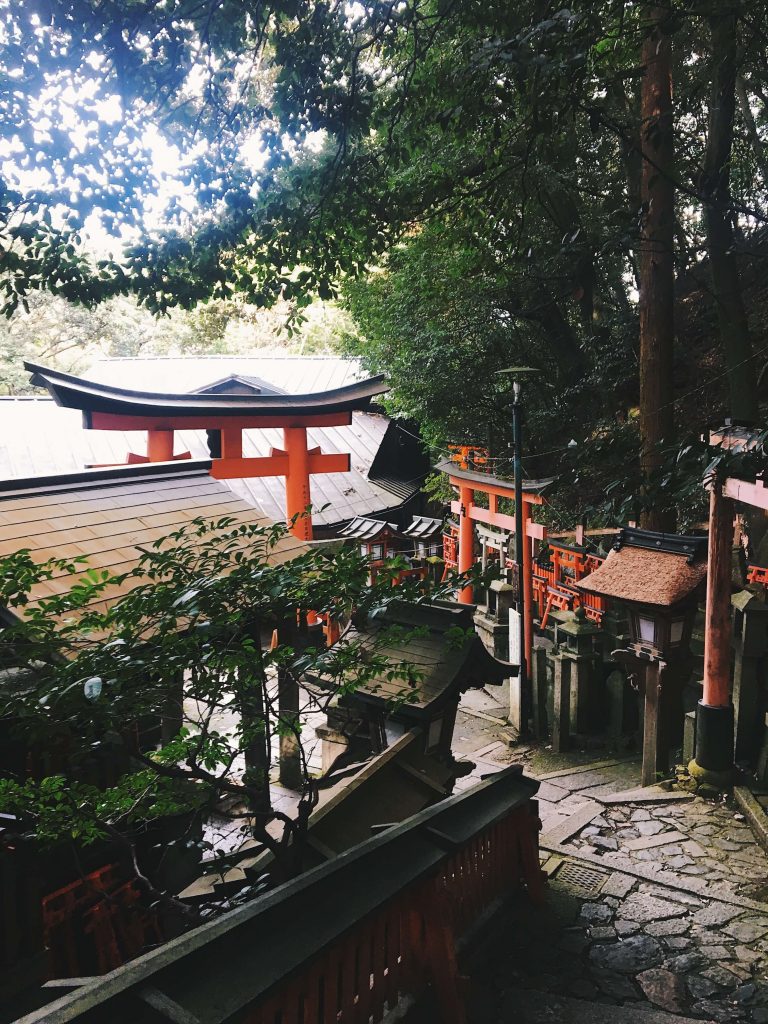
We decided to go early in the morning and arrived at the entrance at 7 AM. It was nice and quiet and it gave us the opportunity to take some photos without hundreds of tourists in the way. The hike up Mount Inari was also very quiet and due to the lack of people, very peaceful. After we returned from the hike (at around 10 AM), there were already queues pushing through the Senbon Torii at the bottom of the mountain. It was so busy! If you’re planning on going in the morning, try to get there as early as 6-7 AM to avoid these crowds. It’ll be worth it.
You can also decide to visit Fushimi Inari later in the evening or even at night. Especially at night, the shrine and the trail are nice and quiet. Make sure to dress appropriately and bring some flashlights if you are visiting after dark.
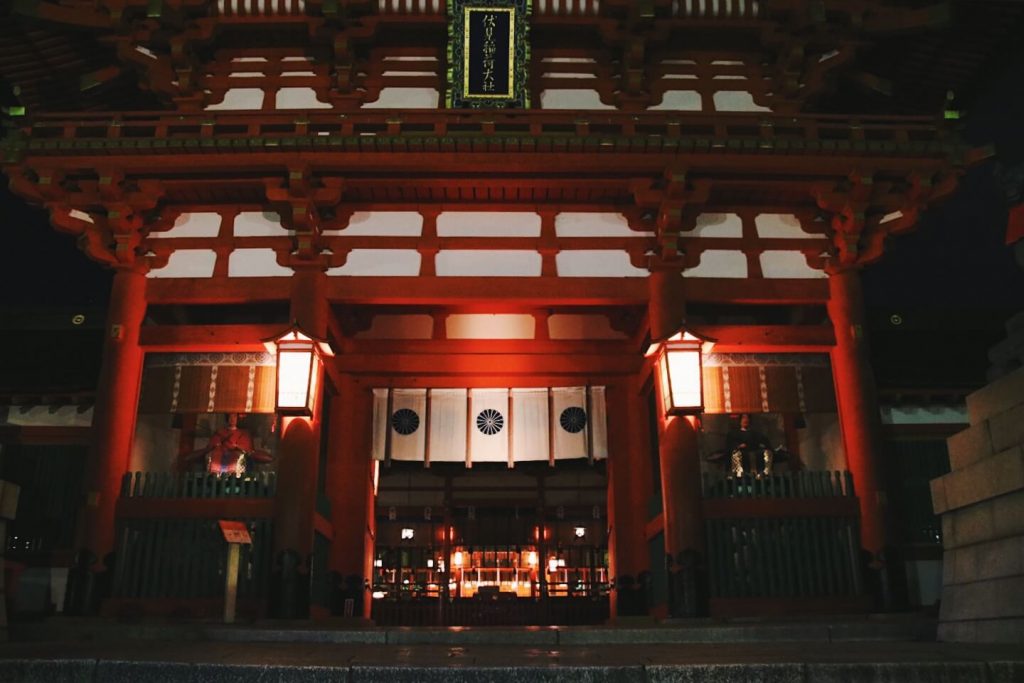

Fushimi Inari Opening Hours
Fushimi Inari Taisha is open 24 hours a day. The shrine is also open every day of the year. Please keep in mind that the shops are only staffed between 9 AM and 5 PM. You might also find some guards in the evening, but don’t worry, it’s perfectly okay to visit at night.
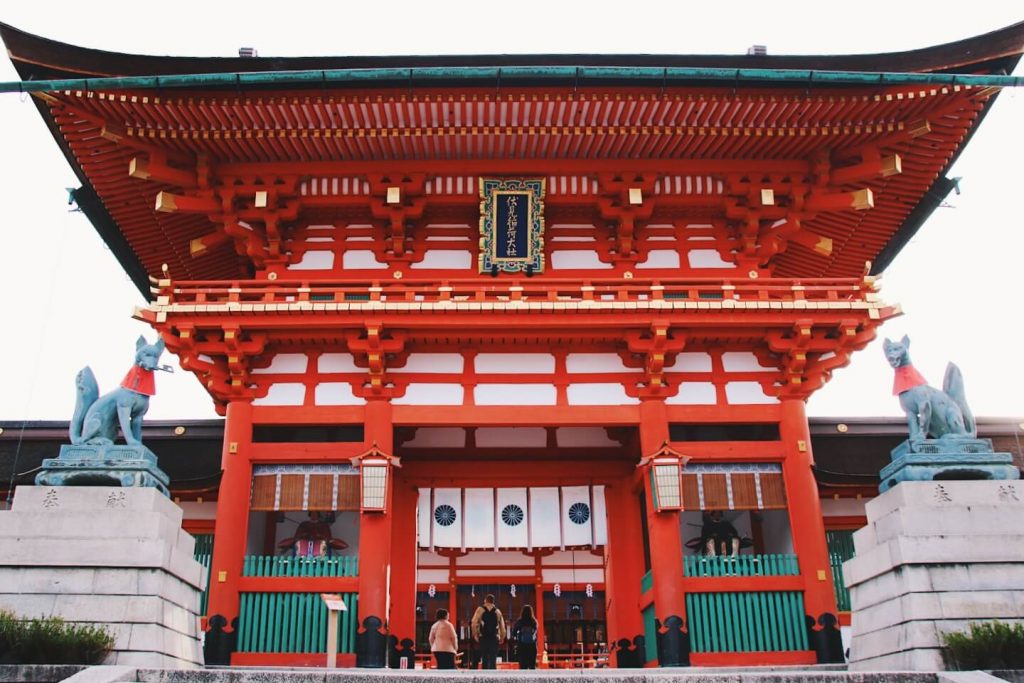
How long does it take to hike Mount Inari?
The full 4km hike takes about 2-3 hours. There are many smaller shrines, more torii gates and many statues to admire while making your way to the summit. The hike itself is very doable. I’m definitely wasn’t in the best shape when I visited Fushimi Inari, but I had no problems walking up the mountain. The beautiful view at Yotsutsuji Intersection (about 30-40 minutes into the climb) makes it all worth it.
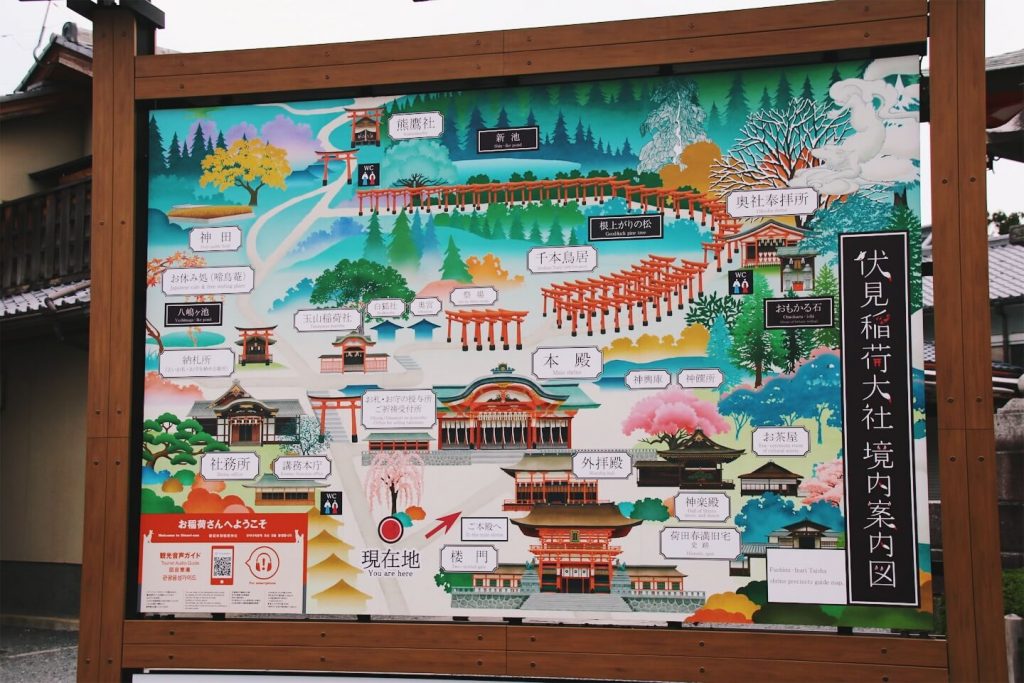
If you’re planning to go during the summer, I’d definitely make sure to bring enough water with you. Because we visited Kyoto in October, the weather was perfect to hike up Mount Inari, especially because we got there so early. But I can imagine it being a lot harder in summer with hot weather. There are vending machines and shops alongside the trail, in case you run out.

Fushimi Inari Entrance Fee
Fushimi Inari is completely free to visit. There are some shops you will find during your hike, selling souvenirs, drinks and snacks. It is, however, recommended to bring some of your own snacks and drinks as these shops definitely are on the more expensive side. The higher you go, the more expensive they seemed to get. I’d also recommend taking some loose change in case you want to pray at one of the shrines located on the mountain.
If you’re a foodie and like to try some typical Japanese snacks, I’d highly recommend going to the street market located near the entrance of Fushimi Inari. Some food vendors have their stalls set up on the street of the shrine’s entrance. You can get anything from yakitori and corn on the cob to fresh dango and mochi.
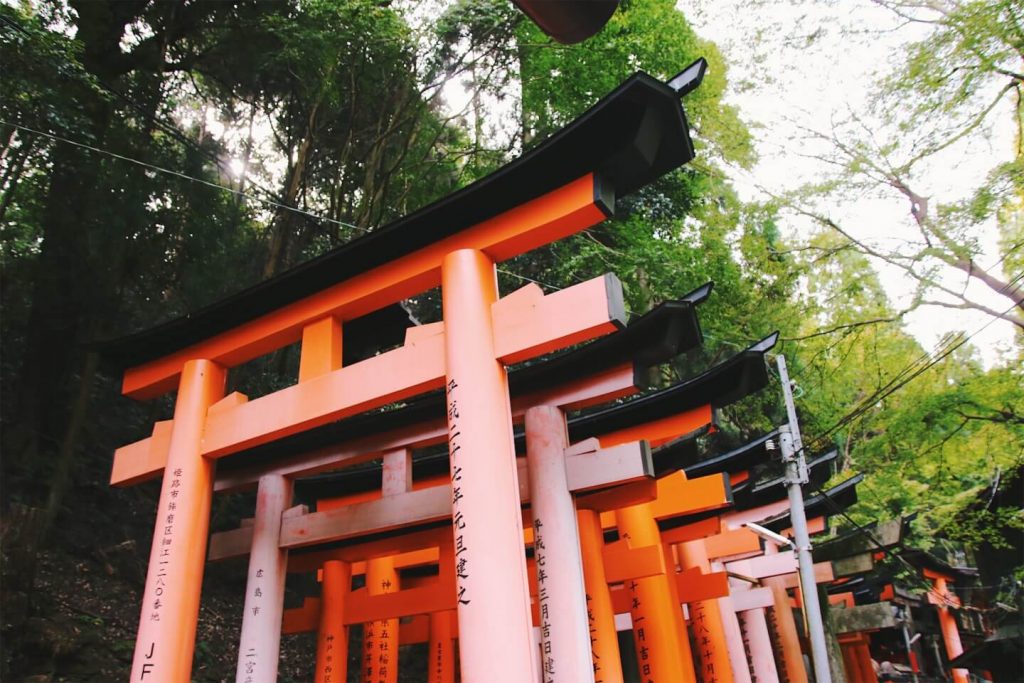
How to get to Fushimi Inari
The easiest way to get to Fushimi Inari is by train. From Kyoto Station, you can take the JR Nara Line, and within 5 minutes you will arrive at Inari Station. Fushimi Inari is located right outside that station. If you are using a JR Pass, you can use it to travel freely on this train line. Otherwise, it will cost you ¥140. Always double check if your train stops at Inari Station, as only local trains stop at the station.
Fushimi Inari Taisha address: 68 Fukakusa Yabunouchicho, Fushimi-ku, Kyoto, Kyoto Prefecture 612-0882

Where to stay when visiting Fushimi Inari
Because we wanted to make sure we got to Fushimi Inari bright and early during our trip, we decided to book a hotel within walking distance from the shrine. We stayed at the Urban Hotel Kyoto. A budget hotel with nothing more than you need. A bed, a bathroom and that’s about it - but very affordable and close to Fushimi Inari. The hotel is located in a quiet area and you can find a bakery can be found next door for freshly baked buns for ¥100. Across the street from the hotel, you can find a super cheap second-hand retro game shop, too.
Save for later…
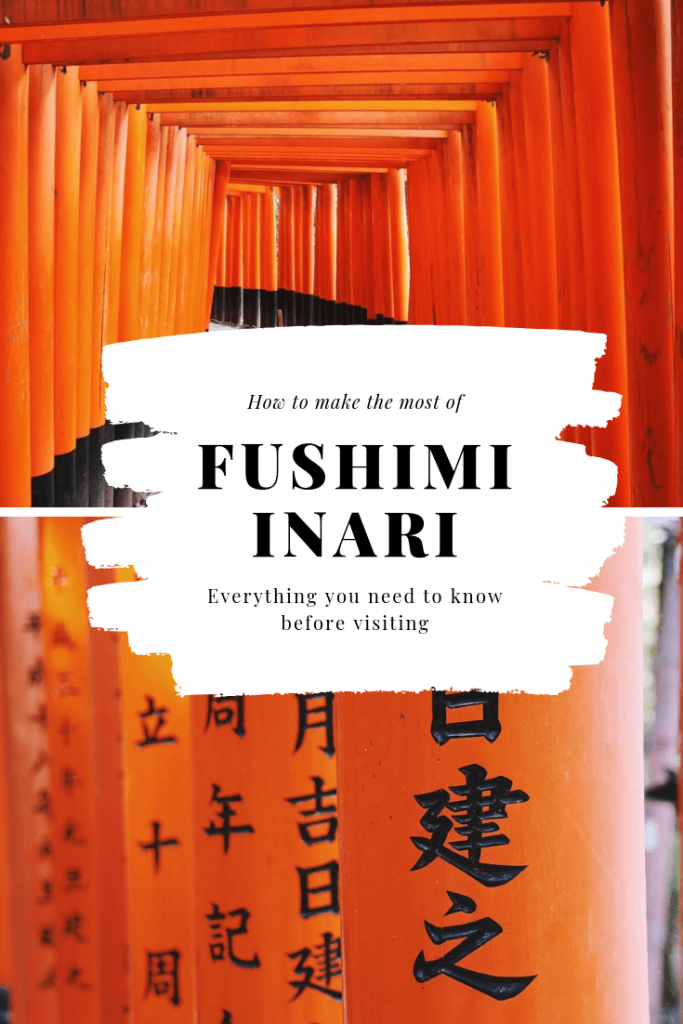
Link nội dung: https://blog24hvn.com/fushimi-inari-taisha-a47945.html